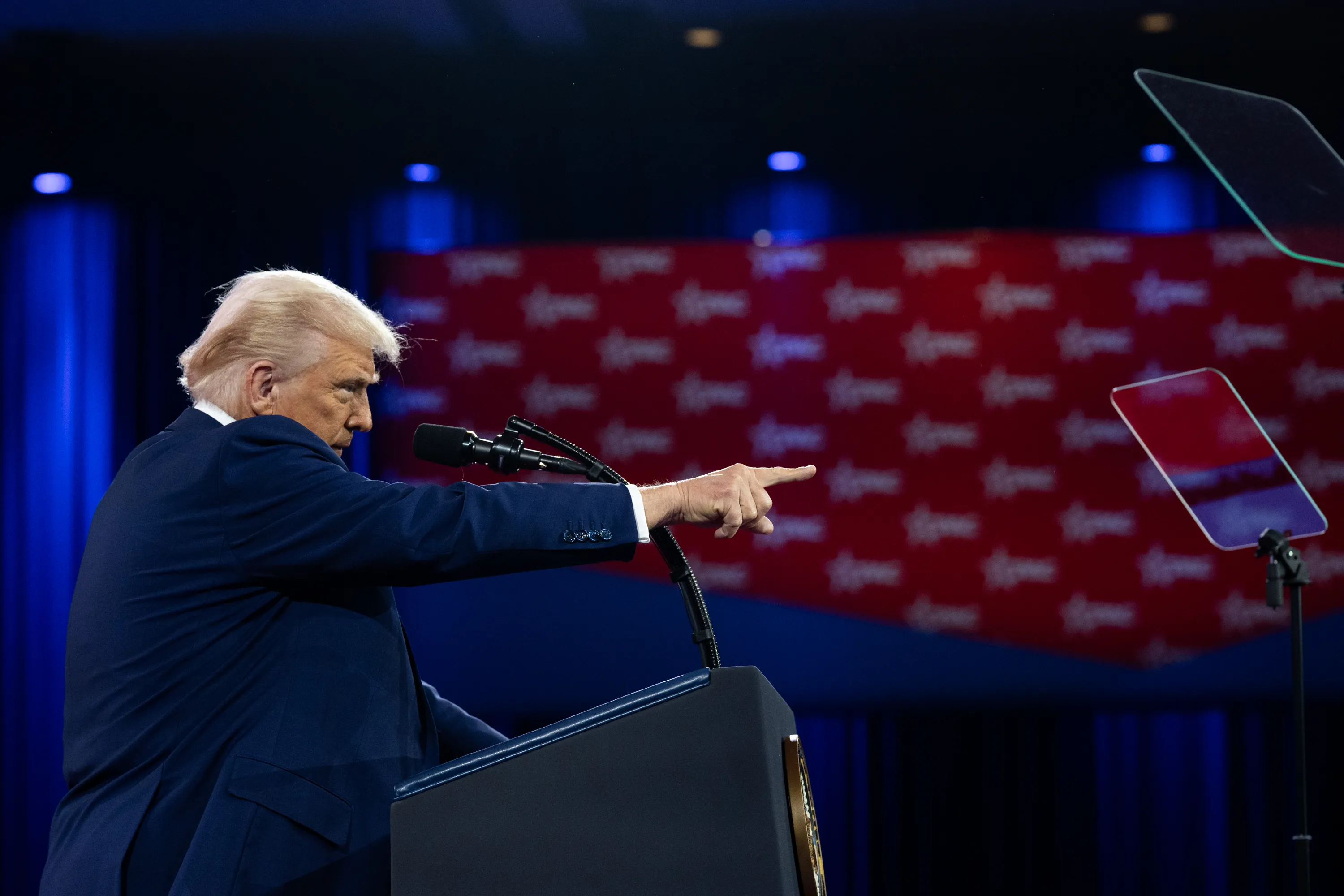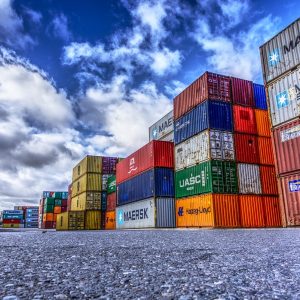US imposes 145% duty on Chinese goods: what is behind this decision
10 April 19:22
The United States is stepping up trade pressure on China: on April 10, President Donald Trump imposed new duties of 145% on Beijing. This was reported by "Komersant Ukrainian" with reference to the AP.
This decision was the culmination of a series of aggressive trade and economic steps by the White House aimed at “protecting the American economy and jobs” from what the administration claims is “unfair competition.”
What does the new tariff decision cover?
Initially, the Trump administration announced 10 percent tariffs on imports from more than 60 countries. However, later, most of them were granted a 90-day reprieve. China was an exception: the tariff rate was not only maintained, but increased to an unprecedented 145%.
According to the White House, such a drastic step was caused by the need to respond to Beijing’s systemic violations in the areas of intellectual property, export subsidies, and currency regulation.
China’s response was not long in coming
The Ministry of Commerce of the People’s Republic of China responded promptly: Beijing imposed mirror retaliatory duties on American goods at 84%. At the same time, the Chinese side declared its readiness for negotiations, but “only on the basis of mutual respect”.
Experts note that China’s move is dictated by the need to save face in the domestic arena, while avoiding further escalation.
Market reaction: short-term growth amid long-term uncertainty
After the announcement of a temporary postponement of duties for US allies, US stock markets reacted with growth. The Dow Jones index gained 7.8%, one of the most significant jumps in recent months. However, economists warn that the effect may be temporary, especially as tensions with China increase.
Why China?
Political scientists and economic analysts believe that the White House is deliberately choosing China as the main target to demonstrate its strength and determination. According to sources in Trump’s inner circle, the “hard line” against Beijing has become part of a re-election strategy focused on restoring US global leadership.
As one of the White House advisors noted:
“China can no longer reap the benefits of globalization without responsibility. We are protecting our industry and innovation.”
Read also: Trump against the world: why duties have become a new tool of US foreign policy
Risks and possible consequences
In the short term, the increase in duties may increase pressure on supply chains and cause prices for some consumer goods in the United States to rise. US importers have already announced potential disruptions in the supply of electronics, clothing, and industrial components.
In the longer term, there is a threat of a deeper trade confrontation between the world’s two largest economies, which could affect global growth and lead to a decline in investment.
The European Union has so far refrained from retaliatory steps
Interestingly, the European Union, which had previously considered symmetrical measures, has suspended its actions, waiting for the situation to develop. Brussels is currently consulting with Washington in an effort to avoid a new wave of protectionism.
Meanwhile, economic analysts are unanimous: Trump’s announcement of 145% tariffs on Chinese imports confirms that the US is entering a new phase of trade conflict that could change the architecture of global trade. At the same time, the White House’s strategy remains extremely pragmatic: pressure – pause – negotiations – pressure again.
The final outcome will largely depend on Beijing’s reaction and Washington’s ability to maintain alliances with key trading partners amid its own populist decisions.
Read also: Everyone will feel it: the WTO assessed the consequences of the escalation of the US-China trade war
donald Trump’s “customs wars”: what you need to know about them
In early 2025, US President Donald Trump launched a new phase of his trade policy by imposing significant tariffs on imports from major partners, including Canada, Mexico, and especially China. His stated goal was to reduce the trade imbalance, strengthen American manufacturing, and protect national security. Tariffs of 10% were imposed on most imported goods, while some, such as those from China, were subject to tariffs of 145%.
These steps led to retaliatory actions by other countries, which escalated into what many are calling a full-blown trade war. As a result, both national and global economies have suffered. In the United States, businesses and consumers have faced rising costs, raising concerns about inflation and even stagflation. Overseas, key export-oriented economies such as Vietnam and Cambodia have experienced disruptions due to changing supply chains.
Financial markets reacted with volatility. A temporary 90-day suspension of some tariffs created a short-term boost, but uncertainty remained. Trump’s strategy, according to political analysts, resembles a business tactic: raise the stakes, exert pressure, and then negotiate on favorable terms. His “pause” on tariffs is seen as a calculated compromise – a temporary reduction of tariffs to 10% while maintaining negotiating leverage.
Critics argue that this approach has created an unnecessary burden on the global economy. Analysts such as Howard Marks warn that such a policy could undermine the US creditworthiness and increase the national debt.
As of April 2025, the tariffs are still largely in place, with only selective adjustments. The broader implications for global trade and economic stability remain uncertain as the international community watches the negotiations and retaliatory measures.
Читайте нас у Telegram: головні новини коротко









